Online Performance Management Systems: A Comprehensive Guide for Modern HR
Related Articles: Online Performance Management Systems: A Comprehensive Guide for Modern HR
Introduction
With enthusiasm, let’s navigate through the intriguing topic related to Online Performance Management Systems: A Comprehensive Guide for Modern HR. Let’s weave interesting information and offer fresh perspectives to the readers.
Table of Content
Online Performance Management Systems: A Comprehensive Guide for Modern HR
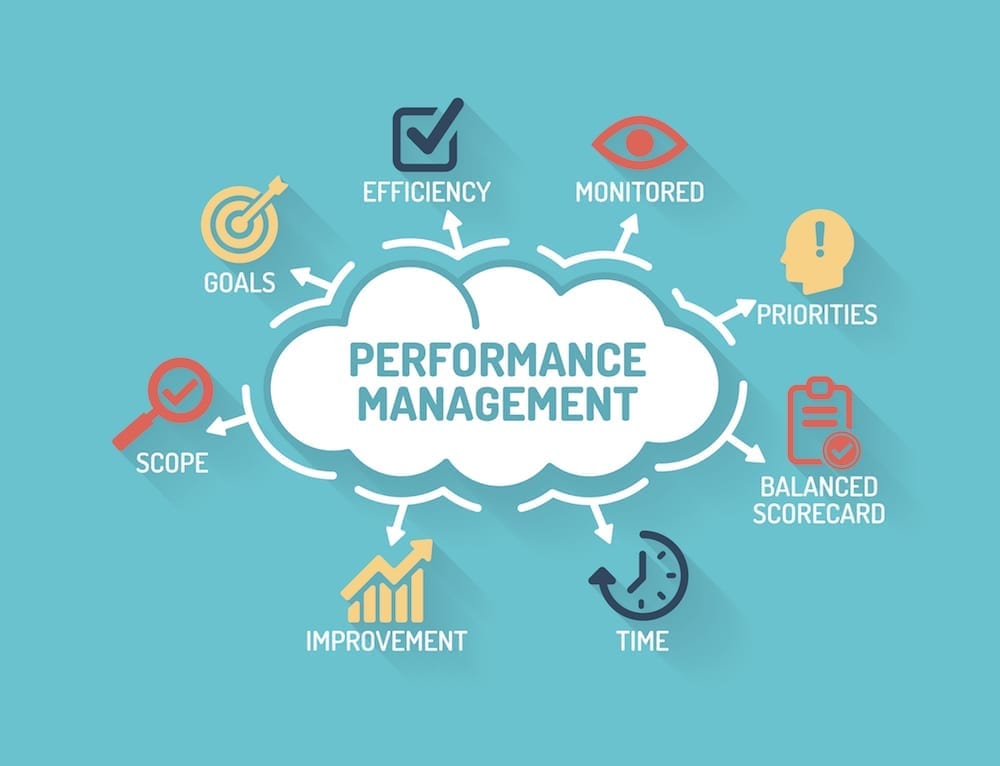
In today’s dynamic and interconnected business landscape, organizations are constantly seeking innovative ways to optimize their human resource management (HRM) processes. Among the most significant advancements in recent years is the emergence of online performance management (PMS) systems. These systems offer a robust and efficient approach to evaluating employee performance, fostering development, and aligning individual goals with organizational objectives.
This article provides a comprehensive overview of online PMS in HRM, exploring its functionalities, benefits, and implementation strategies.
Understanding Online PMS in HRM
Online performance management systems are digital platforms designed to streamline and enhance the performance evaluation process within an organization. They leverage technology to automate tasks, facilitate communication, and provide valuable insights into employee performance, ultimately contributing to improved productivity and employee engagement.
Key Features of Online PMS Systems
Online PMS systems typically encompass a range of features that cater to the diverse needs of modern organizations. Some common features include:
- Goal Setting and Tracking: Employees and managers can collaboratively set clear and measurable goals, track progress, and identify areas for improvement.
- Performance Reviews: Online PMS systems facilitate structured performance reviews, enabling employees to receive regular feedback, acknowledge achievements, and address performance gaps.
- 360-Degree Feedback: These systems allow for multi-source feedback, incorporating input from peers, subordinates, and superiors, providing a holistic view of an employee’s performance.
- Talent Management: Online PMS platforms often integrate with talent management modules, enabling organizations to identify high-potential employees, develop career paths, and foster talent development.
- Performance Analytics and Reporting: The systems generate comprehensive performance data, providing insights into individual and team performance, trends, and areas for improvement.
- Communication and Collaboration: Online PMS platforms facilitate seamless communication between employees and managers, allowing for real-time feedback, progress updates, and collaborative goal setting.
Benefits of Online PMS in HRM
The adoption of online PMS systems brings numerous advantages to organizations, enhancing their ability to attract, retain, and develop talent. These benefits include:
- Increased Efficiency and Productivity: Automating tasks, streamlining processes, and providing real-time access to performance data significantly improves the efficiency of the performance management cycle, allowing managers to focus on strategic initiatives.
- Improved Employee Engagement and Motivation: Regular feedback, personalized development plans, and recognition of achievements contribute to increased employee engagement and motivation, fostering a positive work environment.
- Enhanced Communication and Transparency: Online PMS systems facilitate open and transparent communication between employees and managers, promoting a culture of feedback and continuous improvement.
- Objective Performance Evaluation: Online PMS systems minimize subjectivity in performance evaluations by providing standardized frameworks, objective metrics, and data-driven insights.
- Data-Driven Insights and Decision-Making: The systems generate valuable performance data, enabling organizations to identify trends, make informed decisions, and optimize their talent management strategies.
- Reduced Costs and Administrative Burden: Online PMS systems automate tasks, reduce paperwork, and streamline processes, leading to significant cost savings and reduced administrative burden.
Implementation Strategies for Online PMS Systems
Implementing an online PMS system requires careful planning and execution to ensure successful adoption and maximize its benefits. The following steps are crucial:
- Define Clear Objectives: Clearly define the goals and objectives for implementing the online PMS system, ensuring alignment with the organization’s overall strategic objectives.
- Choose the Right System: Select a system that meets the specific needs and requirements of the organization, considering factors such as scalability, user-friendliness, and integration with existing systems.
- Develop a Training Plan: Provide comprehensive training to employees and managers on using the system, ensuring they are familiar with its functionalities and best practices.
- Establish Clear Policies and Procedures: Develop clear policies and procedures for using the online PMS system, including guidelines for performance reviews, feedback mechanisms, and data privacy.
- Communicate Effectively: Communicate the benefits and rationale for implementing the online PMS system to all stakeholders, addressing concerns and fostering buy-in.
- Monitor and Evaluate Performance: Regularly monitor the system’s effectiveness, collect feedback from users, and make necessary adjustments to optimize its performance.
FAQs on Online PMS in HRM
1. What are the key considerations when selecting an online PMS system?
When choosing an online PMS system, organizations should consider factors such as:
- Scalability: The system should be able to accommodate future growth and expansion.
- User-friendliness: The system should be intuitive and easy to use for both employees and managers.
- Integration with Existing Systems: The system should seamlessly integrate with existing HR systems, such as payroll and talent management platforms.
- Customization Options: The system should allow for customization to meet the organization’s specific needs and requirements.
- Security and Data Privacy: The system should adhere to industry standards for data security and privacy protection.
- Vendor Support and Training: The vendor should provide reliable support and comprehensive training to ensure smooth implementation and ongoing use.
2. How can organizations ensure employee buy-in for an online PMS system?
To foster employee buy-in for an online PMS system, organizations should:
- Communicate the Benefits: Clearly communicate the benefits of using the system to employees, emphasizing how it will improve their performance, development, and recognition.
- Involve Employees in the Implementation Process: Seek feedback from employees during the system selection and implementation process, ensuring their voices are heard and their needs are considered.
- Provide Adequate Training and Support: Offer comprehensive training on using the system and provide ongoing support to address any questions or concerns.
- Create a Culture of Feedback and Recognition: Encourage regular feedback and recognize employees for their contributions and achievements, creating a positive and supportive environment for using the system.
3. How can organizations measure the effectiveness of an online PMS system?
Organizations can measure the effectiveness of an online PMS system by tracking metrics such as:
- Employee Engagement and Satisfaction: Monitor employee satisfaction with the system and its impact on their engagement and motivation.
- Performance Improvement: Track improvements in employee performance, including goal achievement rates, performance ratings, and development progress.
- Communication and Collaboration: Analyze the frequency and quality of communication and collaboration between employees and managers using the system.
- Data-Driven Insights: Evaluate the effectiveness of data-driven insights generated by the system in informing talent management decisions.
- Cost Savings and Efficiency: Measure the cost savings and efficiency gains achieved by automating tasks and streamlining processes.
Tips for Optimizing Online PMS Systems
- Regularly Review and Update System Policies: Ensure that policies and procedures for using the online PMS system are up-to-date and reflect current best practices.
- Encourage Feedback from Users: Regularly collect feedback from employees and managers on their experiences with the system and use this feedback to make improvements.
- Integrate with Other HR Systems: Integrate the online PMS system with other HR systems to create a comprehensive and interconnected platform for managing talent.
- Leverage Data Analytics: Utilize the data generated by the system to identify trends, make informed decisions, and optimize talent management strategies.
- Foster a Culture of Continuous Improvement: Encourage a culture of continuous improvement by regularly reviewing performance data, identifying areas for improvement, and implementing corrective actions.
Conclusion
Online performance management systems are an essential tool for modern HR departments seeking to optimize their talent management processes. By leveraging technology to automate tasks, facilitate communication, and provide valuable insights, online PMS systems enable organizations to improve employee performance, foster development, and achieve their strategic objectives. By implementing a well-designed online PMS system and fostering a culture of continuous improvement, organizations can harness the power of technology to create a high-performing workforce and drive organizational success.

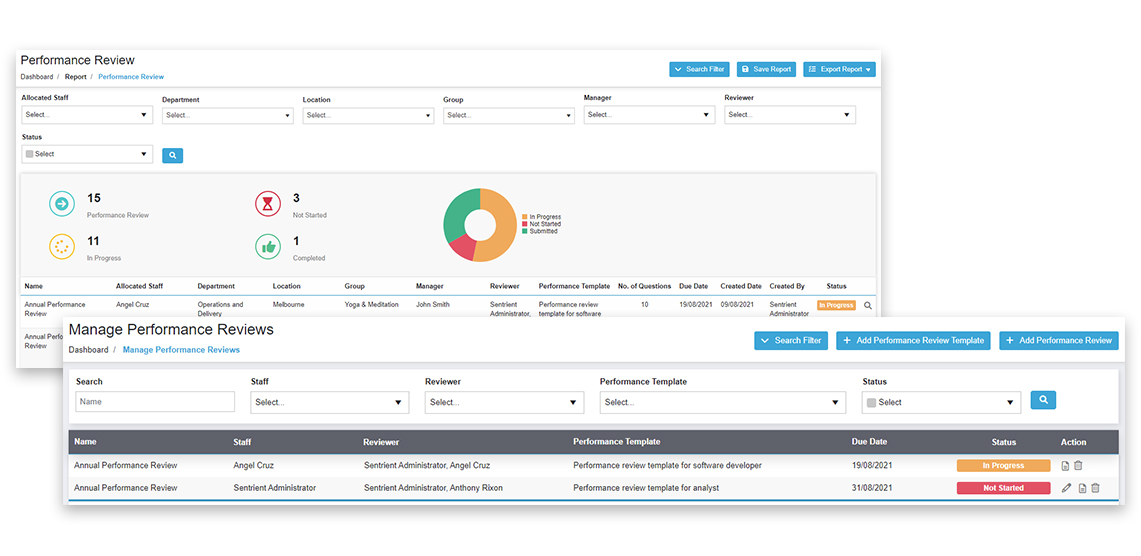


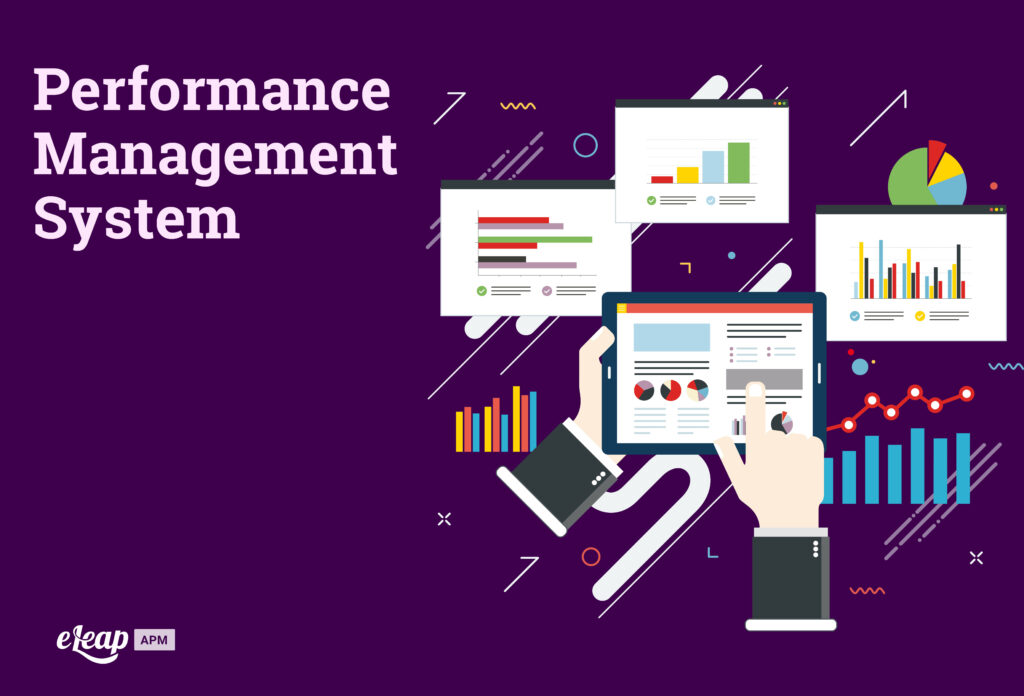
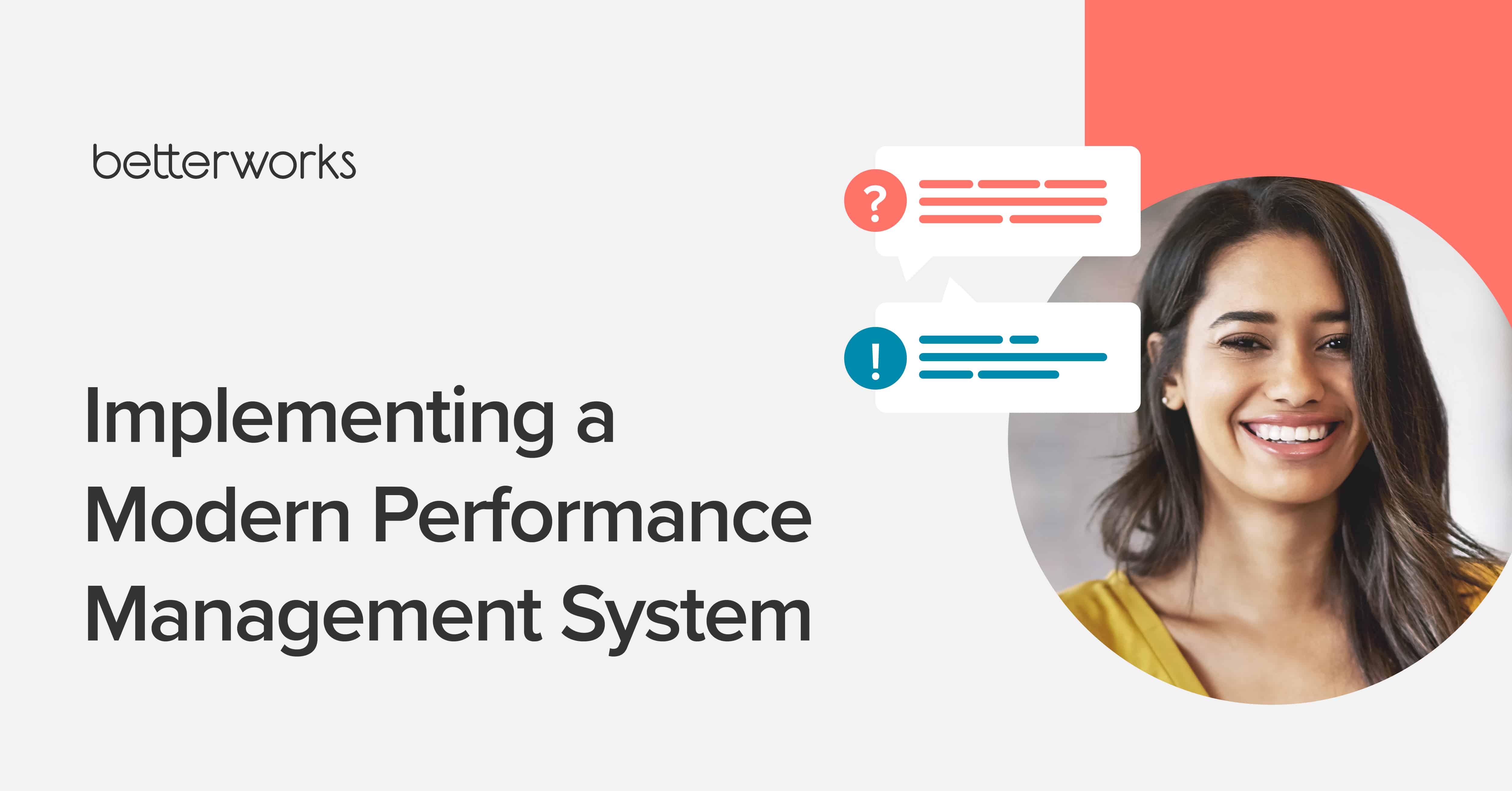

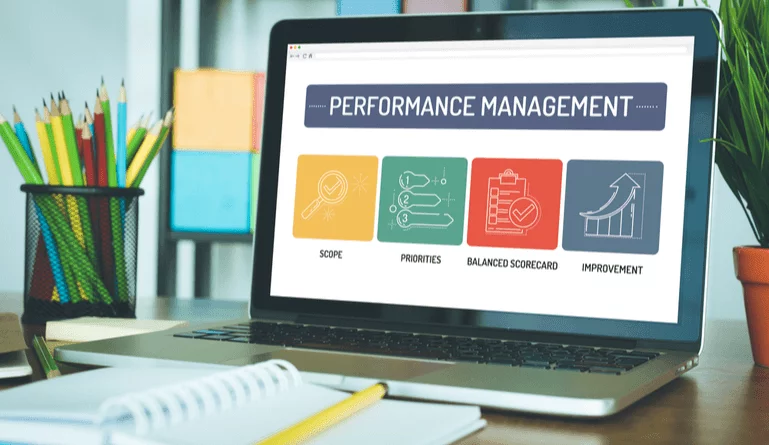
Closure
Thus, we hope this article has provided valuable insights into Online Performance Management Systems: A Comprehensive Guide for Modern HR. We thank you for taking the time to read this article. See you in our next article!